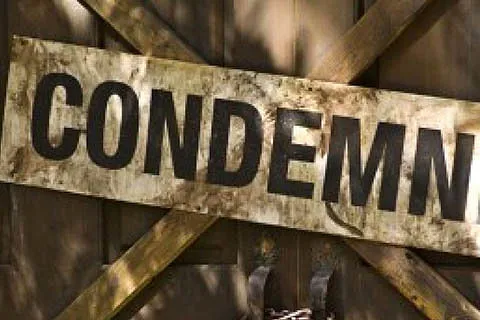The Indian Radiological and Imaging Association (IRIA) Wednesday expressed shock and disappointed at the recent comments of DrRandeepGuleria, Director AIIMS on the use of CT Scans in the evaluation of COVID-19 patients.
It said tha the statement given by DrRandeep were misleading and create confusion among the public and his warning that one CT scan was equal to 300-400 X Rays and CT scans cause cancer was outdated and wrong.
It said that RT PCR is the investigation of choice for diagnosing COVID-19 patients.
However, it said that CT Scan is used in diagnosis in patients who have typical features of COVID-19 but are RTPCR negative due to mutant variant, technical errors or low viral load.
“CT Chest helps to diagnose these patients and early detection helps to start treatment and also stops them from being super spreaders. It is for this reason several state governments have asked the radiology departments to notify patients with CORADS score of 4 or 5,” IRIA said in the statement. “While RTPCR helps in the diagnosis, CT Chest helps to stage the severity of disease, especially in symptomatic patients. CT Score given for COVID 19 patients helps the clinicians initiate treatment. This score helps the clinicians decide if the patient can be in home quarantine or needs hospital admission.”
IRIA said that the CT Scan of chest is helpful to stage the disease mild, moderate or severe there by contributing significantly in management.
“More over the progression of the disease can be monitored by CT especially in patients who are deteriorating. In a disease like Covid 19 which has a very unpredictable course Identifying at risk individuals early and timely initiation of treatment is of utmost importance. As CT is far more sensitive than saturation monitoring by pulse oximetry in detecting lung damage, in the early phase of disease Initiating steroids at the right time can halt the progression of lung involvement before saturation starts falling. Already hospitals are overburdened and with early administration of treatment, it might be possible to manage the patients at home . Earlier the treatment is started, easier it is to save a patient,” IRIA said.
It said that Now young people present with happy hypoxia (when patients have low oxygen saturation, but do not feel any symptoms) and they do not get alarmed till the disease has progressed with severe damage to lungs.
“This is common with young patients who can with stand upto Spo2 of 80 percent while older people can withstand upto 90 percent Spo2,” it said.
IRIA said CT Chest could be performed quickly especially in emergencies when RTPCR reports take time, and initiation of early treatment is a requirement.
“CT Chest helps to alert the clinician of a suspicious patient, thus preventing the exposure of healthcare professionals and also preventing a super spreader scenario,” IRIA said. “CT Chest also helps to diagnose several conditions that mimic Covid-19 like other bacterial and viral infections, cardiac failure.
The classical feature of COVID-19 is the ground glass opacities seen in the subpleural region especially in the lower lobes. Several studies have concluded that Chest X-ray is useless in the diagnosis of early Covid and can be used only in the follow of patients with severe COVID-19 pneumonia to monitor progression. The study shows that CT scanning has demonstrated excellent sensitivity and should strongly be considered during the pandemic in the initial assessment of COVID-19. This needs to be balanced against the risk of excess radiation with CT, where capacity allows.”






